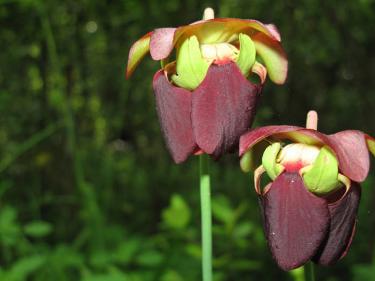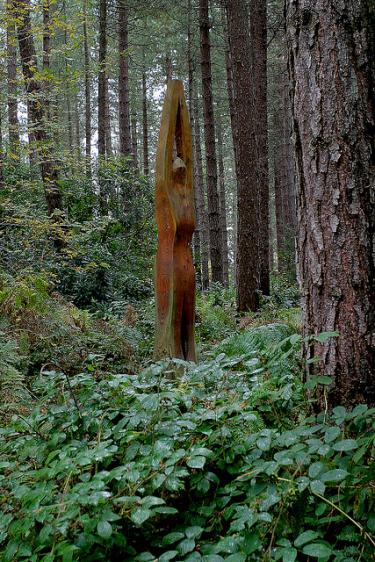How to Protect Special Places
Special places also mean special plant communities; Roam your woods and identify unusual features that you discover.
If not carefully done, timber harvests and other standard practices can easily disturb or destroy your woodland’s special sites. But being careful doesn’t have to take a lot of time or expense. You can plan for protection of special sites in a sensible, cost-effective way.
- Get to know your woods. Finding your land’s hidden treasures is a key first step in saving them. Take time to roam through your woods and identify the intriguing plant communities, old structures or possible artifacts, and unusual features (for example, trees stripped of bark, or depressions in the ground) you discover.
- Keep track of your treasures. Once you’ve found your special sites, make sure to flag them, both on the ground and in your property map. A GPS unit can be especially helpful when you’re doing this. Use it to record the exact locations of your special sites and then transfer the data to your computer for mapping. Pair that information with photographs, notes, or any other information that helps you track your special sites. Or, mark them on your land plan using the AFF planning tool.
- Get connected. Once you’ve identified and recorded your special sites, you may need to reach out to your community for help in properly
preserving them. Your state department of natural resources or NRCS office, local historical and archaeological societies and local tribal governments can get you up to speed on what you’ve got and how you can best protect it. You’ll find more information on getting help in our Special Sites Resource Guide.Once you’ve identified and recorded a special site, you may choose to reach out to your community for help with preservation.
- When planning, reconsider standard practices. Your findings and the federal, state or local guidelines for protecting special sites should become part of your woodland management plan. Aim to minimize damage and disturbance to the site by creating a vegetation buffer, fencing the area or otherwise distinguishing it from surrounding areas. Try to control for erosion and disturb the soil there as little as possible. This also means doing things a little differently at harvest time. Make sure to review your special sites map and protection plan with your timber buyers, loggers, foresters, and any other professionals assisting you with forest management activities. After harvests and other activities, follow up to make sure your special sites were properly protected.
All it takes to protect your special places is a little pro-active planning. Your extra effort is time well-spent—it’s an investment in your legacy and a gift to future generations.
Where can I get help finding and protecting my special sites?
Previous page
Next page
How can I get more tips?
It’s simple! Enter your email below.


